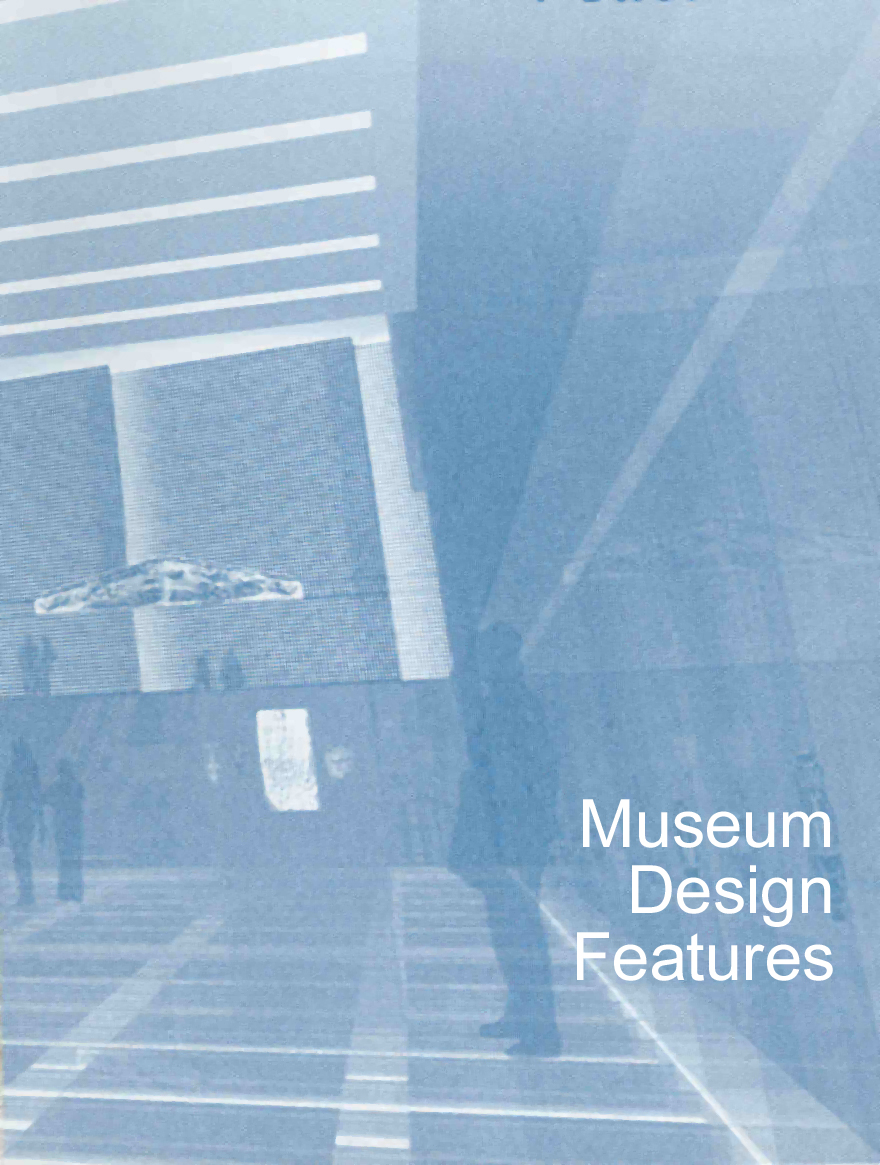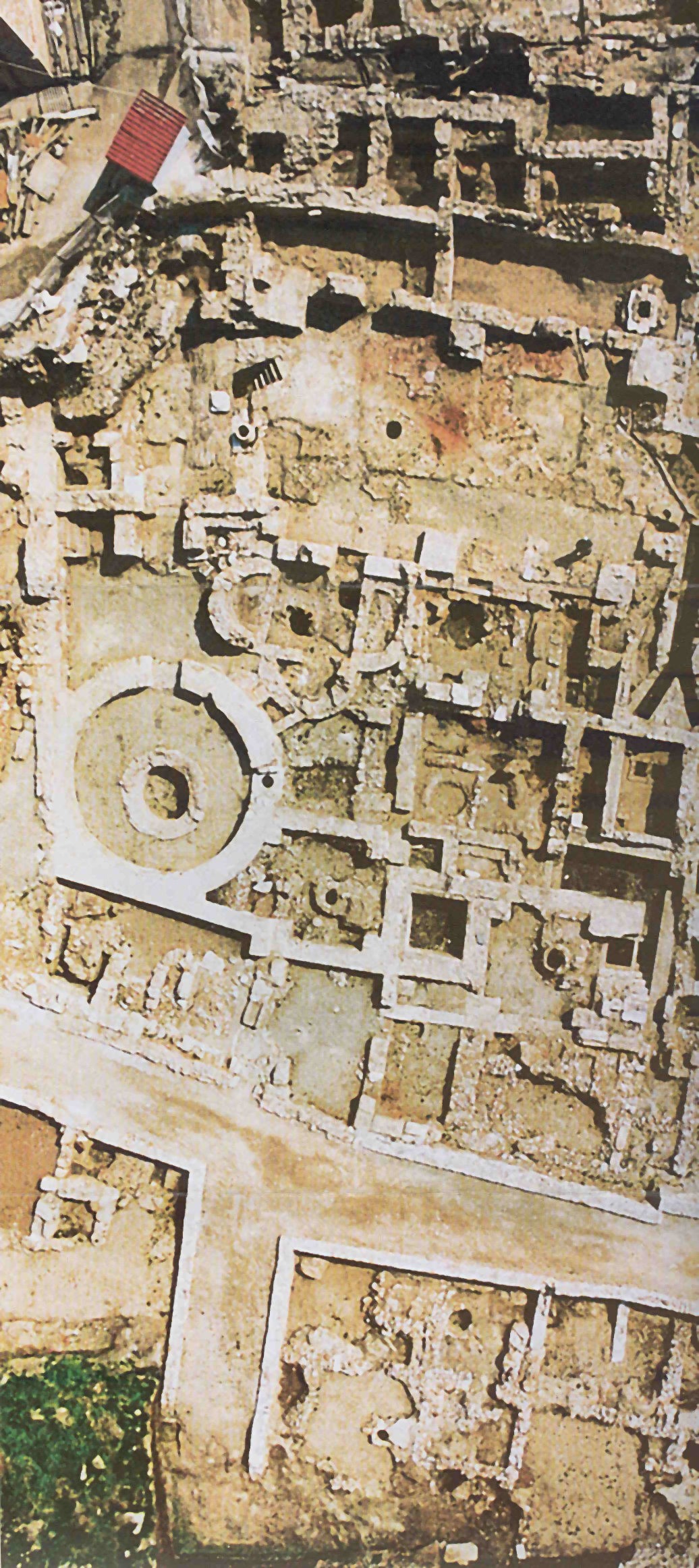 |
|
 |
|
The Excavation as Exhibit |
|
Few archaeological museums in the world can boast an exhibit of authentic finds on their own site, woven into the fabric of their exhibit program and building design. The New Acropolis Museum incorporates the remains of the Athenian city dating back to prehistoric times and continuing up to the Byzantine period as a primary exhibit of the Museum, the greater part of which will be accessible to visitors through a network of elevated metal walkways. Another section is visible below the elevated ramp that forms the entrance to the Museum and will greet visitors as they enter the Museum over the |
|
| elevated walkway. Natural light will be drawn in through light wells at the perimeter of the excavation and colored wash lighting will be used to illuminate the different periods revealed on the site. The Museum design places the building on a series of upright supports carefully located so as to avoid piercing the ancient floors and walls. The ancient ruins of Makriyianni are the natural topographical link between the New Acropolis Museum and its finds and the archaeological site of the Acropolis. |
|
|
Natural Light More than any other quality, light is the theme of the New Acropolis Museum. Large glass surfaces on its facades and roof optimize opportunities for natural light, in recognition of the special luminosity of daylight characteristic of Attica. Light is used as the tool to replicate, as far as possible, the outdoor conditions under which many of the architectural sculptures were originally seen. Natural light enters the Museum from the atrium of the Parthenon Gallery penetrating through its glass floor, passing through the Archaic Gallery and ultimately filtering lightly through the glass paneling in the ground floor into the archaeological remains below. |
 |
|
The strategically placed glass panels on the ground floor above the excavation enable visitors to see key points of interest in the ruins below with the benefit of natural light that enters gently from light wells at the excavation's perimeter. Specific measures to ensure the protection of the sculptures and visitors against excess heat and light are a key focus of the building program. |
|
|
|
|
|
|
|
|
(Posting date 9 January 2007) HCS encourages readers to view other articles and releases in our permanent, extensive archives at the URL http://www.helleniccomserve.com/contents.html. |
|
|
|
|
2000 © Hellenic Communication Service, L.L.C. All Rights Reserved.
http://www.HellenicComServe.com |
|
